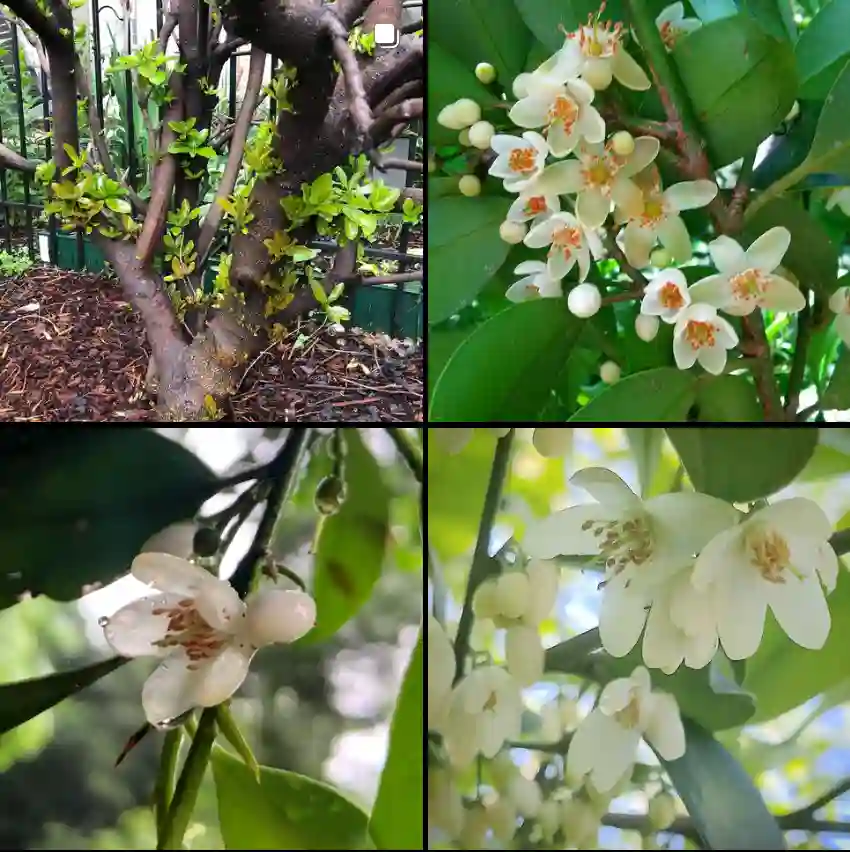
Frequently Asked Questions About Siberian Iris
If you’re a fan of vibrant, resilient garden plants, Siberian Iris should definitely be on your radar. As someone who has grown these beauties, I’ve encountered various questions about their care and characteristics. Here’s a comprehensive guide to help you get the most out of your Siberian Iris.
332 Species in Genus Iris
When to Divide Siberian Iris?
Dividing Siberian Iris is crucial for maintaining their health and vigor. I usually do this in early spring or late summer, once the flowering has finished. The ideal time is when the plant is just beginning to sprout new shoots or after it has finished its bloom cycle. Dividing helps to rejuvenate the plant and promote better flowering.
How to Plant Siberian Iris?
When planting Siberian Iris, choose a location with well-drained soil and full to partial sun. The process is straightforward: dig a hole that’s about twice the size of the root ball, place the iris in the hole so that the top of the rhizome is level with the soil surface, and then fill it in with soil. Water thoroughly after planting to help the plant settle in.
When Does Siberian Iris Bloom?
Siberian Iris typically blooms in late spring to early summer. In my experience, they usually start flowering from late May to early June, depending on the climate and local growing conditions. Their blooms can last for several weeks, providing a burst of color in your garden.
When to Cut Back Siberian Iris?
Cutting back Siberian Iris should be done after the flowering period has ended. I find it best to wait until the foliage has died back naturally in late summer or early fall. This helps the plant conserve energy for the next growing season. Be sure to remove dead foliage and any spent flower stems to keep the plant healthy.
When to Transplant Siberian Iris?
Transplanting Siberian Iris is best done in late summer or early fall. This timing allows the plant to establish itself before winter sets in. If you need to move them, make sure to do so when the plant is dormant or just beginning to wake up from its winter rest.
How to Care for Siberian Iris?
Caring for Siberian Iris involves regular maintenance to ensure optimal growth. These plants are relatively low-maintenance but do benefit from the following:
- Watering: Keep the soil consistently moist but not waterlogged. I find that regular watering during dry periods is key.
- Fertilizing: Apply a balanced fertilizer in early spring to encourage healthy growth and vibrant blooms.
- Weeding: Keep the area around the iris free from weeds, which can compete for nutrients and water.
How Deep to Plant Siberian Iris?
When planting Siberian Iris, ensure that the rhizome is planted just below the soil surface. It should be about 1-2 inches deep. Planting too deep can hinder blooming, while planting too shallow can expose the roots and make the plant more susceptible to drought.
How Long Do Siberian Iris Bloom?
The blooming period for Siberian Iris can last from 2 to 4 weeks. In my garden, I’ve noticed that the blooms tend to stay vibrant and fresh for several weeks if the weather is favorable.
Are Siberian Iris Toxic to Dogs?
Siberian Iris are generally considered non-toxic to dogs, which is great news for pet owners. I’ve had dogs running around my garden without any issues. However, it’s always a good idea to monitor your pets to ensure they’re not eating any plants, as ingestion of large quantities of any plant can sometimes cause digestive upset.
Siberian Iris vs. Bearded Iris
Siberian Iris and Bearded Iris are often compared, and for good reason. Bearded Iris have a distinctive “beard” on the falls of their flowers, while Siberian Iris lack this feature and generally have more delicate foliage. Bearded Iris prefer well-drained soil and full sun, while Siberian Iris are more tolerant of varying soil conditions and partial shade.
Siberian Iris vs. Dutch Iris
Dutch Iris, known for their elegant blooms and longer flowering period, differ from Siberian Iris in their growth habits. Dutch Iris are typically grown from bulbs and have a more upright growth habit, while Siberian Iris grow from rhizomes and have a bushier appearance. Dutch Iris also tend to bloom later in the spring compared to Siberian Iris.
Siberian Iris vs. Blue Flag
Blue Flag Iris, native to wetlands, have a more vibrant color and are adapted to moist conditions. In contrast, Siberian Iris are more tolerant of dry soil and have a range of colors. Blue Flag Iris have broader leaves and a more intricate flower structure compared to the simpler, narrower leaves of Siberian Iris.
Siberian Iris vs. Japanese Iris
Japanese Iris are renowned for their large, showy blooms and thrive in moist, acidic soil. Siberian Iris, on the other hand, are hardier and can tolerate a wider range of soil types. Japanese Iris often require more water and a bit more care, whereas Siberian Iris are more resilient and low-maintenance.
What to Plant With Siberian Iris?
Siberian Iris pair well with a variety of companion plants. Consider planting them alongside ornamental grasses, daylilies, or catmint. These combinations can enhance the overall aesthetic of your garden and provide a pleasing contrast in texture and color.
Common Problems with Siberian Iris
Common issues with Siberian Iris include iris borer infestations and fungal diseases. To prevent these problems, keep the area well-weeded and ensure good air circulation around the plants. Regular inspection and prompt removal of any affected plant parts can help keep your irises healthy.
Benefits of Siberian Iris
One of the biggest benefits of Siberian Iris is their versatility. They’re adaptable to various soil conditions and provide long-lasting beauty with minimal care. Their ability to thrive in partial shade also makes them a great choice for challenging garden areas.
If i die, water my plants!



